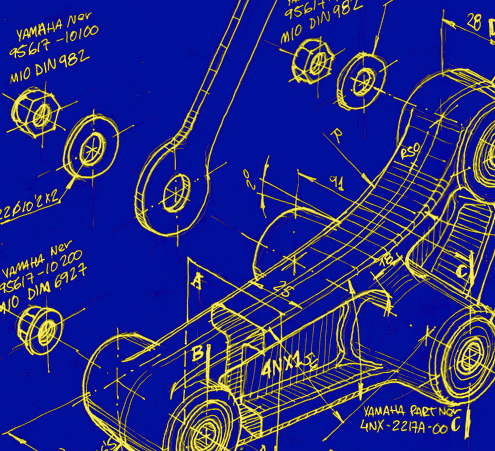Project Description

The principal objective of this task is to determine the suitability and feasibility of using magneto rheological damper technology as part of an actively controlled bicycle-suspension system. This research intends to produce a laboratory system that demonstrates the ability to influence damping characteristics from external computer controls. It intends to create a conceptual design of the hardware/software/algorithms that are a prerequisite for prototyping.
The number of Mountain bikes sold each year in the United States is over five million. This is trend is bound to hike with time. Therefore, there is need to monitor the overall performance of the products in relation to the cost of production. The suspension system is a significant driver of overall performance and unit cost. Any improvements that enhance performance or reduce cost would have a massive market potential. The use of magneto rheological damper technology as part of a MTB suspension system is of interest. Magneto rheological (MR) fluid is a magnetic fluid that changes viscosity when introduced to a magnetic field. The electromagnet helps to change the viscosity of MR fluid. The MR fluid is a damper in shock absorbers. When MR fluid comes into a magnetic field, the metal particles in the fluid aligns according to the magnetic field lines. The strength of the magnetic area hoists the thickness of the MR liquid.
The system will compose of electromagnets, accelerometers, algorithms, and MR fluid. A magnetic field controls viscosity of MR fluid. Electromagnets regulate the magnitude of the magnetic field. Accelerometers will determine ground conditions. Algorithms will interpret the accelerometer data. This data will determine how much current flow through the electromagnet, thus attenuating the viscosity of the MR fluid. The result is an ideal suspension system able to sense all riding conditions.
-Team Members